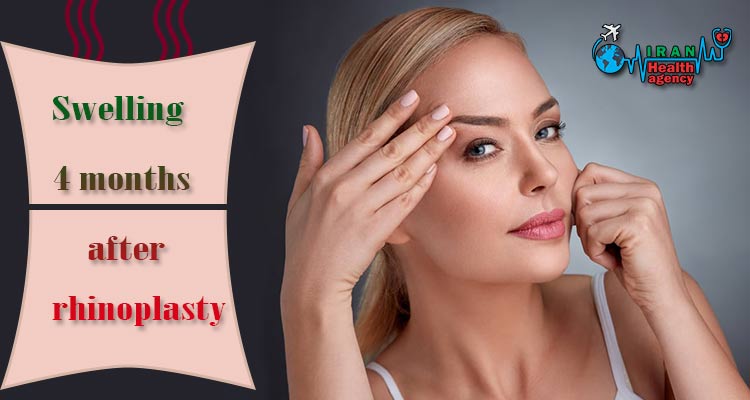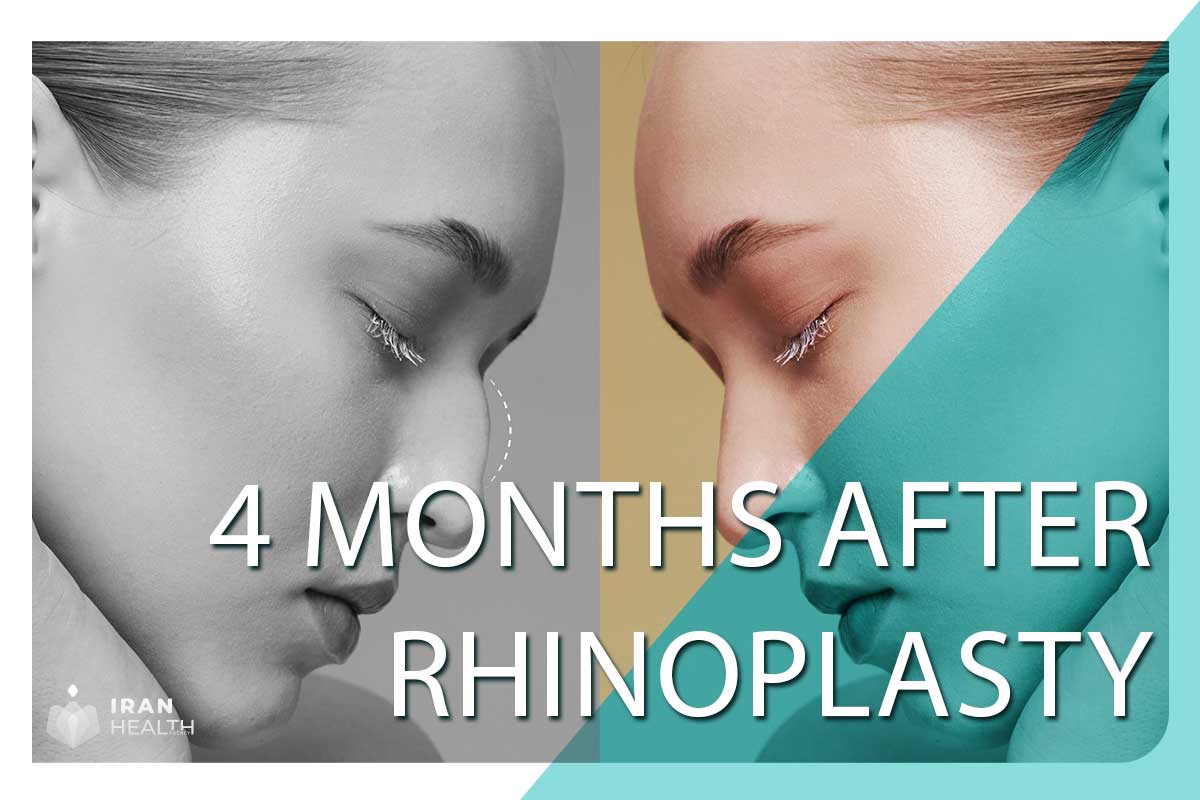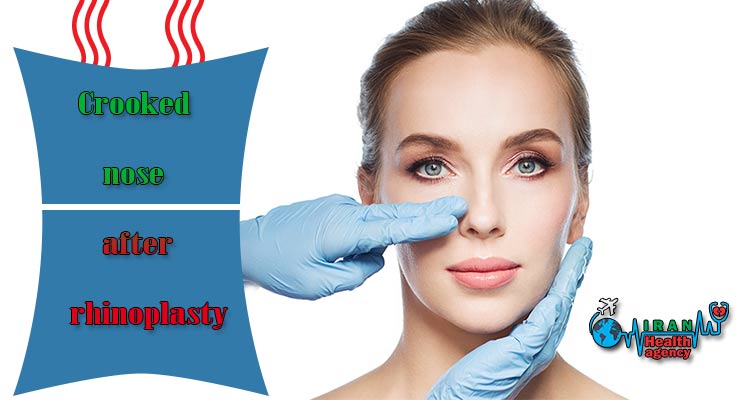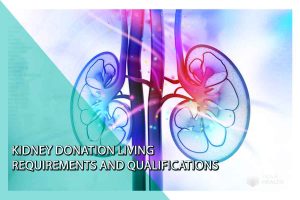
Four months after rhinoplasty, what should I expect?
Here’s what to expect four months after nose job surgery:
- Swelling will be significantly reduced compared to the first few months after surgery, but there may still be some mild uneven swelling, making certain areas appear slightly irregular. This is normal.
- The overall size and shape of the nose will be close to the final result, but expect subtle changes as residual swelling continues to resolve over the next eight months.
- The nose tip will likely not be fully refined or in its final position. It will drop and become more defined over the next several months.
- Stiffness, numbness, and tingling around the nasal area are joint at four months. This should gradually improve over the coming months.
- Breathing may still be congested or stuffy. Use nasal sprays and rinses, and breathe deeply to help move along healing internally.
- Incision lines will have faded significantly but may still be mildly red or raised. This will continue to improve with time.
- Skin will be less oily and sensitive. You can start to resume a complete skin care regimen. Be diligent with sun protection.
- An uneven skin tone or pale skin around the nose is typical at four months due to swelling and trauma from surgery. Skin tone will even out.
Overall, you’ll now have a good idea of your final results at the four-month mark, but expect improvements in refinement and definition to continue for eight more months. Discuss any specific concerns with your surgeon.
Swelling four months after rhinoplasty
It is usual for the nose to swell after rhinoplasty. Even though it can be frustrating, knowing the schedule and what caused it can help you keep your expectations in check.
For this, you can view the how long does swollen nose after rhinoplasty take to get more details.
Now, here’s a breakdown of what to expect:
Gradual Improvement (Months 2–4): The swelling should start to go down during this time. Most people notice a big difference in their puffiness by the end of the fourth month.
Getting closer to the result (Months 4–18): Most swelling should go away by the fourth month, but minor bumps may still exist, mainly around the nose tip. As the cartilage and finer cells change shape and get smoother, this can take up to 18 months to disappear completely.
Things you should remember:
It takes time to heal, and trying to speed up the process can worsen things. Have faith that the swelling will go down over time, revealing your final results.
- Variations for each person: How quickly the swelling goes down depends on your skin type, the severity of the surgery, and how well your body heals.
- How to Talk to Your Surgeon: Don’t be afraid to talk to your surgeon about any worries you have about swelling. They can look at your progress and give you specific advice.

Does the nose bleed four months after surgery?!
Four months after rhinoplasty, minor nosebleeds are rare but not unheard of. Here is a list of what to expect:
- Expected Bleeding After Surgery: It is normal to have light bleeding and drainage that tastes like blood for up to 48 hours after surgery.
- Not likely in four months: About four months after surgery, bright red nosebleeds that last for a long time are not expected. This should not happen; you should get medical help immediately from your surgeon.
The tissue inside your nose can dry out and occasionally bleed. You should see a doctor if you have a nosebleed four months after rhinoplasty. Your doctor will tell you what treatment is best.
If you want to reduce swelling sooner after a rhinoplasty, see our tips.

Bump on nose four months after surgery!
After getting a nose job, some people might experience bumps for up to four months. These bumps are typically caused by skin, muscle, and bone growth rather than an infection or hematoma. If the bumps persist for over a year, they could be caused by scar tissue, extra bone, or cartilage. Fortunately, most small bumps are temporary and will go away independently. However, people with large or long-lasting bumps, a history of facial injuries, or a broken nose may need additional surgeries. Some people find that gently rubbing or applying light pressure to the area helps. A doctor may also recommend steroid injections to reduce swelling and treat bumps that occur four months after the rhinoplasty procedure.

Surgeon.
Rhinoplasty in 4 months vs. one year
Here is a comparison of what to expect at four months versus one year after rhinoplasty surgery:
Four months post-op:
- Swelling is significantly reduced, but mild uneven or localized swelling may still exist.
- The nose will be closer to its final size and shape, but the tip likely won’t be fully refined.
- The bridge may still have some irregularities or be slightly wider from residual swelling.
- The skin may be mildly numb, tender, or stiff around the nose.
- Breathing may not be completely open, with some congestion still.
- Incision lines will have faded but may be slightly pink or raised still.
One year post-op:
- Nearly all swelling will be resolved, with the nose fully refined and healed.
- The tip, bridge, and overall shape will be fully defined and in the final position.
- Nostrils will be precisely shaped with minimal scarring visible at incision sites.
- Skin sensation normalizes and feels smooth and natural.
- Breathing is evident and open without congestion.
- The nose feels fully integrated into the face with no stiffness or discomfort.
- Minor revisions can be made at this point if needed to adjust asymmetries or irregularities.
In a year, the nose continues to develop and “settle” as it completes the healing process. However, you’ll have a good idea of how things will turn out after four months.
Will the tip drop after four months?
One month after surgery, most of the swelling on the cheeks and lips had gone down, and the nasal tip shape and position had improved significantly.
Approximately four months after surgery, swelling at the tip of the nose is diminishing, and it is almost gone. 1-2 years after surgery, the results will continue to improve and look even better.
Nasal surgeons know that the tip will nearly always contract downward since their incisions contract.
Due to the natural downward pull of gravity and contractile forces from the incisions, the tip tends to drop. Therefore, it is normal for your nose to drop somewhat after surgery.
However, experienced surgeons, considering this, try to raise the nose to such an extent that it is still in a good position.
Recovery tips four months after rhinoplasty
90% to 85% of the refinement after rhinoplasty occurs after four months. During rhinoplasty, the bony and cartilaginous structure of the nose is altered, so the raised skin must continue to shrink to meet the new dimensions.
Most results are very close to the final at four months, but it usually looks even better at six months and a year.
There are no recovery tips for Rhinoplasty four months after surgery that can turn a year-long recovery process into a week-long one! The most important thing is to be patient. It will take time for your rhinoplasty to heal and give you the desired results.
FAQ
Is it possible for my nose to get more minor after rhinoplasty after four months?
Is it normal to still have swelling five months after a rhinoplasty?
Why is my nose stuffy four months after rhinoplasty?
When can I tell if my nose is crooked after rhinoplasty?
What causes the bump in my nose four months after a rhinoplasty?
When can I resume strenuous exercise and activities after a rhinoplasty?
How long until my nose tip drops after a rhinoplasty?
Why does my nose look wider four months after surgery?
Can I wear glasses after four months?
Talk to us:
For more specific concerns about nose job aftercare, contact IranHealthAgency for a free consultation, or take a look at the questions about rhinoplasty page, where you may find the answer you’re looking for.





